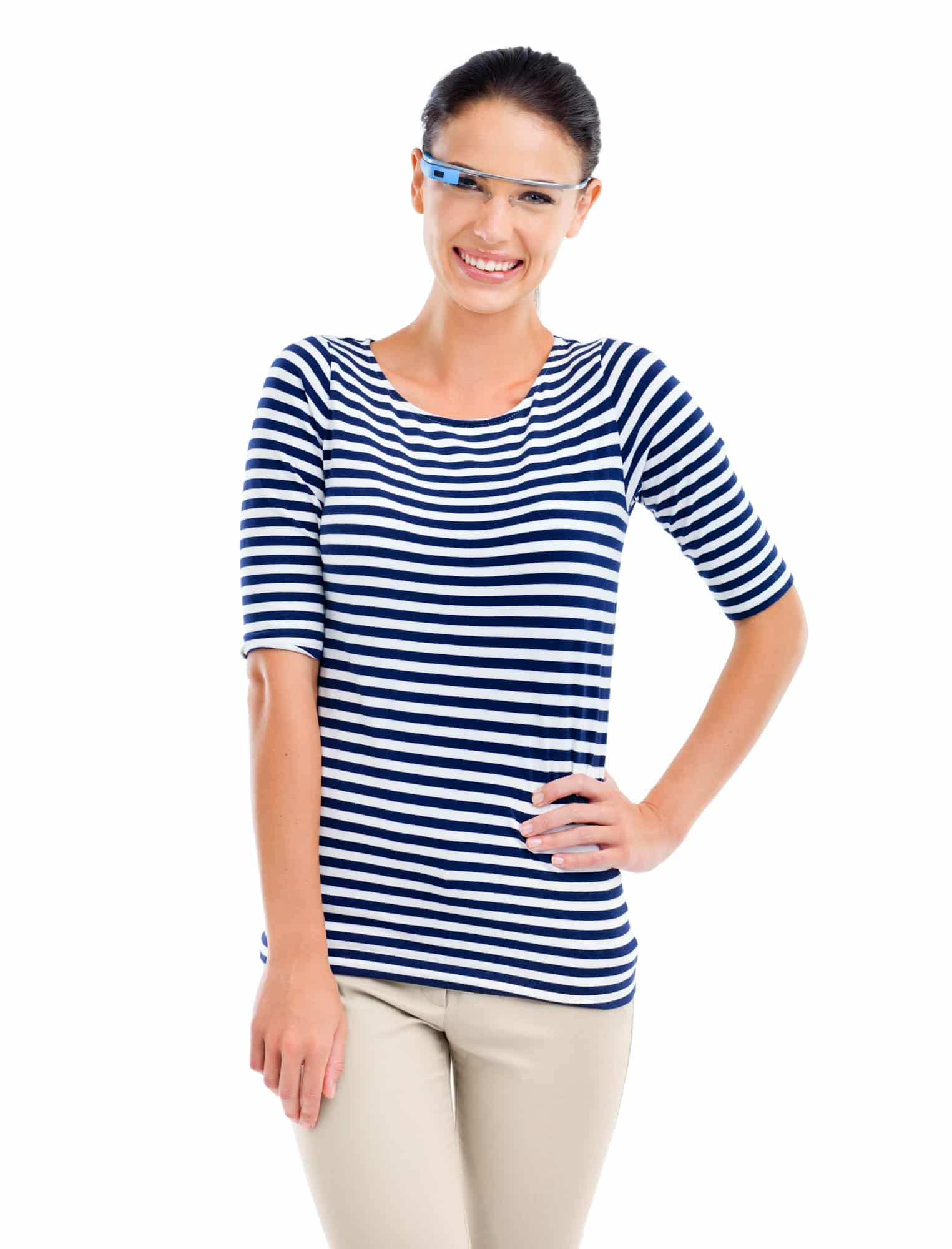How Can Smart Glass Technology Improve Energy Efficiency in Buildings?

As you navigate the rapidly evolving world of building technology, you may have come across the term "smart glass". It’s an innovative technology that combines the science of materials, electronics, and energy efficiency. Known also as switchable glass, smart glass technology offers answers to modern building challenges while promoting sustainability. This article explores how smart glass can enhance energy efficiency, improve privacy, and reduce dependence on artificial light and air conditioning in buildings.
What is Smart Glass Technology?
Before delving into the energy-saving potential offered by smart glass, it’s essential to understand what it is and how it works. Smart glass is a high-tech window material that can change its properties, such as tint and light transmission, in response to environmental or electrical changes.
Dans le meme genre : How Is 3D Scanning Tech Enhancing Digital Archival of Historical Artifacts?
The primary type of smart glass used for energy efficiency in buildings is electrochromic glass. This type of glass uses a small electrical charge to change its transparency and heat absorption properties. It can effectively control the amount of sunlight that passes through, and thus the heat. Unlike traditional windows, smart glass windows can adjust the light and heat that enter a building, thereby increasing energy efficiency and delivering significant cost savings.
How Does Smart Glass Improve Energy Efficiency?
Smart glass is an epitome of efficient building technology. It helps in improving energy efficiency in various ways. For starters, it helps control heat gain and loss, thereby reducing the need for air conditioning or heating.
Cela peut vous intéresser : How Are AI-Driven Analytics Transforming Sport Performance Analysis?
Traditional windows can cause significant heat gain during summer and heat loss during winter. The constant battle between the outdoor climate and your building’s heating or cooling system can result in high energy bills. However, smart glass can minimize this issue. The electrochromic technology in smart glass windows allows you to adjust the tint of the windows, thus controlling the amount of heat entering or leaving the building. This adaptability ensures that the indoor temperature remains relatively constant, reducing the need for heating or cooling systems.
Smart Glass and Lighting Efficiency
Another benefit of smart glass is its ability to control the amount of light that enters a building. How often have you reached for the light switch during daytime because your windows didn’t allow enough natural light in? With smart glass, this could become a thing of the past.
Smart glass windows can be tuned to allow the right amount of light in, reducing the need for artificial lighting during the day. By optimizing natural light usage, smart glass can significantly cut energy consumption and reduce electricity bills. Not to mention, natural light has been linked to improved mood and productivity, making it an excellent choice for office buildings.
Enhancing Privacy with Smart Glass
Smart glass technology doesn’t just stop at energy efficiency. It also offers solutions for privacy without compromising natural light. At the flip of a switch, smart glass can change from transparent to opaque, providing instant privacy.
This switchability offers a significant advantage in professional settings where privacy is essential, such as meeting rooms or patient rooms in healthcare facilities. With smart glass, there’s no need for blinds or curtains, which often block light and require regular cleaning. This combination of privacy and light control leads to a more comfortable and efficient building environment.
The Future of Smart Glass in Building Design
The future of building design points towards sustainability and energy efficiency, and smart glass technology is at the forefront of this shift. It’s not just about reducing energy costs but also about designing buildings that are comfortable, efficient, and adaptable.
The benefits of smart glass extend beyond the individual building. Imagine a cityscape where all the buildings utilize smart glass technology. Such a city would have a significantly reduced energy footprint, contributing less to global warming and climate change.
In conclusion, smart glass technology brings a new dimension to building design, offering an effective solution for energy efficiency, privacy, and light control. It’s an exciting technology that promises to revolutionize how we design and use our buildings.
Integrating Smart Glass Technology in Green Building Design
As builders, architects, and designers continue to explore sustainable solutions in the built environment, smart glass technology stands out as a potential game-changer. The integration of smart glass in green building design is a trend that’s quickly gaining traction.
Incorporating smart glass windows in buildings contributes to the achievement of green building standards. These standards, such as the Leadership in Energy and Environmental Design (LEED), place a significant emphasis on energy efficiency and sustainability. Buildings with smart glass windows can earn credits for optimizing energy performance and enhancing daylighting, which are critical aspects of LEED certification.
Using smart windows can also contribute to the building’s overall thermal comfort. By allowing for dynamic control of heat and light, smart glass can create a more comfortable indoor environment. This can reduce reliance on air conditioning, further saving on energy costs. In instances where solar gain is desirable for passive heating, smart glass can be adjusted to allow more heat in, thereby decreasing the need for artificial heating.
Moreover, the durability and longevity of smart glass make it a cost-effective choice in the long run. While the initial installation cost may be higher than traditional windows, the energy savings accrued over time make it a worthwhile investment.
Conclusion: Smart Glass – A Step Towards Energy-Efficient Buildings
The energy-saving potential of smart glass technology is indeed vast. From reducing energy consumption to improving natural light and enhancing privacy, smart glass offers a multitude of benefits. The integration of this technology in buildings is an important step towards creating more energy-efficient and sustainable structures.
The use of smart glass is more than just a trend; it’s a powerful tool in the fight against climate change. Buildings account for a significant portion of global energy use, and as such, innovations like smart glass that can reduce this consumption are vital.
In a world grappling with the effects of climate change, the need for energy-efficient solutions is more pressing than ever. Switchable smart glass represents one such solution, promising a future where buildings are not just structures, but dynamic entities that interact with their environment to conserve energy.
The future of building design is here, and it’s smarter, more efficient, and greener. As more buildings adopt smart glass technology, we move closer to an era of green buildings that are more in tune with the environment. In conclusion, the application of smart glass technology in building design is a significant stride towards achieving energy efficiency and sustainability in the built environment.
